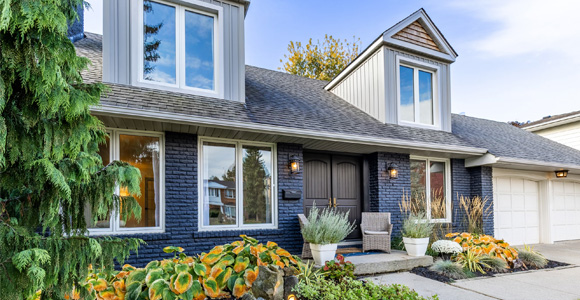July’s housing market data is in, and it’s not the crash some have feared. The number of active listings was up 24.8% compared to July 2024. But don’t mistake that increase in inventory for a drop in demand. Buyers are still out there; what’s shifted is the supply landscape, and it’s changing how both buyers and sellers approach the market.
This Isn’t 2008
A common concern when inventory rises is whether it signals a repeat of the 2008 housing crisis. The market today is fundamentally different from what it was 17 years ago. Primarily, homeowners are staying in their properties twice as long as they did in the late 1990s and early 2000s, paired with the fact that 90% of homeowners have positive equity, which makes widespread foreclosures highly unlikely.
Has Pricing Realism Returned?
Across the country, prices have either plateaued or dipped slightly, returning to pre-pandemic levels and price behavior.
What has helped ease the inventory pressure and pricing stability is the surge of new construction that emerged during the COVID-19 pandemic. With more homes built, buyers now have options and time to make deliberate decisions, leading to more realistic offers that often include little room to negotiate. Year over year, inventory of home sales rose 24.8%, and is still roughly 14% lower than pre-pandemic inventory. On the other hand, homeowners who listed their homes expecting bidding wars, cash offers, and offers way over asking are being let down. As a result, some are pulling their listings entirely, waiting for a better time.
This new dynamic means that sellers must be realistic. Pricing your home based on current market value, rather than personal expectations, is essential.
The Northeast Stands Out
While some regions are experiencing price corrections, others remain resilient. The Northeast, and New Jersey in particular, is still showing signs of a seller’s market. Unlike the South and West, the Northeast didn’t experience a massive migration surge during the pandemic; demand was never artificially inflated, there was minimal supply shock from new single-family home construction, and Northeastern lenders were rarely adjusting rates for affordability. Today, that stability is paying off.
Since 2019, areas such as Memphis, TN, San Antonio and Austin, TX, Denver, CO, and most of the Western Coast of Florida have seen active housing inventory for sale skyrocket above 40%. In some areas, such as Cape Coral and Punta Gorda, housing inventories have risen by over 100%. During the pandemic, these areas became a desirable spot to move to due to the warm weather, lower taxes, and fewer restrictions. The slowdown in migration was unexpected for home builders in those areas, and they’re struggling to fill the new homes. Lennar, one of the largest new home construction companies, has launched a new real estate investing aid, where you can purchase their new homes with substantial buyer incentives, estimating $53,000+ in incentives for a $400,000 home.
Waiting For Rate Cuts
One of the biggest reasons for low housing turnover isn’t only economic sentiment; it’s interest rates. A large portion of homeowners still enjoy mortgage rates in the 2%–3% range, a financial sweet spot they’re hesitant to leave. With mortgage rates stuck in the high 6%– low 7% range, even downsizing could mean significantly higher monthly payments. For new, financially stretched first homebuyers, high interest rates have kept them out of the market, with recent surveys showing that 66% of potential buyers wouldn’t feel comfortable entering the market unless rates dropped to around 5%.
A New Normal?
The housing market may be settling into a new post-pandemic normal and recognizing that real estate operates primarily in local markets, is essential for both buyers and sellers.
More listings, less frenzy, and a clear divide between regions that were overvalued during the pandemic and those that remained stable. For buyers, this could be an opportunity to shop smarter, with less pressure. For sellers, it’s a reminder that expectations must match reality. And for everyone, it’s another sign that housing, while constantly evolving, is far from crashing.



